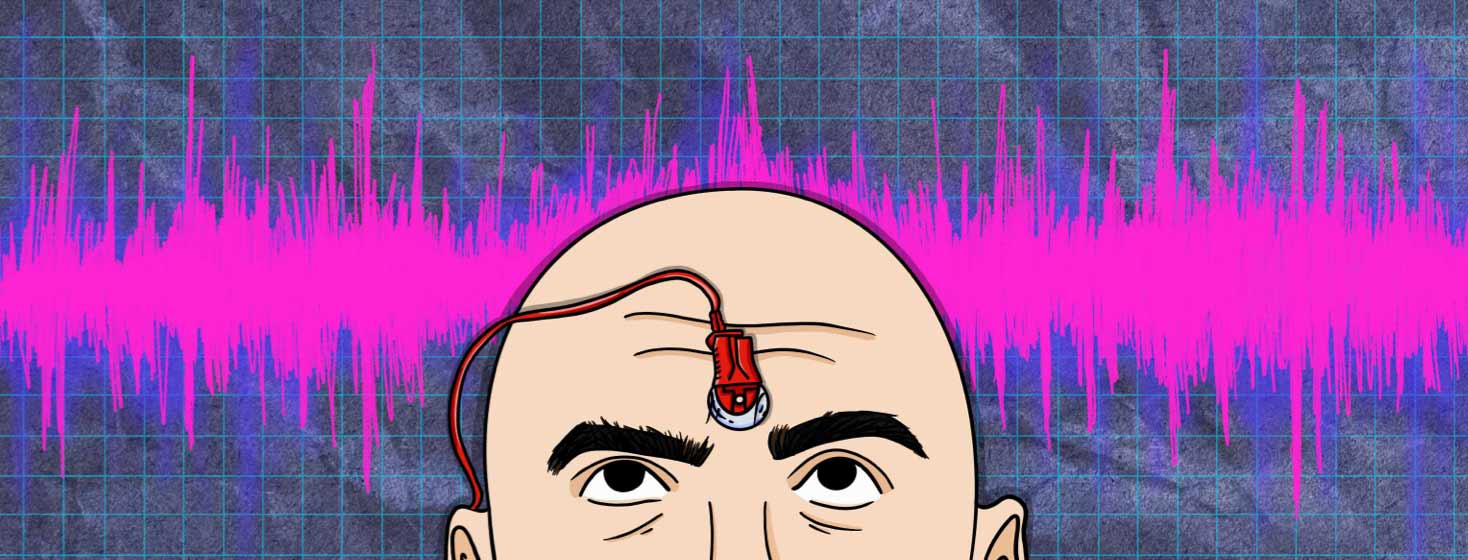The Longest Day: Single Fiber Electromyography Testing
We'll admit it now. We put it off. The definitive test that would have helped my hubby's team close in on a difficult diagnosis of seronegative myasthenia gravis was put off way too long. He was being treated with some good results. The end of the process was supposed to be a single fiber electromyography (SFEMG). But it seemed there wasn't time or energy.
Myasthenia gravis isn't a very well-known condition and it's often difficult to diagnosis. It's worse for seronegative cases! My hubby stumbled through almost 2 years of examinations, hospitalizations, and missteps, blood tests, observations, and trial drugs. He had an amazing doctor who was willing to diagnose - and convince the insurance company - without trying everything.1
Putting off the EMG test
He had been on meds for about a year and there was some improvement. Despite the fact that his blood tests had all been negative, our neurologist had prescribed the standard protocol and evaluated the results. Hubby had a ton of improvement. So the last step in his difficult diagnosis process, single fiber electromyography, was put off for a long time.
Getting those tests wasn't at all convenient for us. We had to go an hour away and to an office on the 17th floor of an old hospital building that seemed to have been forgotten for a very long time. It took a long time to get an appointment. We also learned that single fiber electromyography is as much an art as it is a science, and there are only a few doctors in our region that do it.
It didn't help that we were advised hubby had to skip his meds for the day before the tests. He was jittery and his double vision was really acting up. We waited in the waiting area longer than we wanted, and the 2-hour appointment window stretched to over 4. And that wasn't the worst.
The SFEMG procedure
The SFEMG procedure consisted of some pretty uncomfortable low-level electric shocks, mostly on hubby's forehead between his brows. The manuals say "it usually isn't painful." (They say that about allergy tests too.) Hubby is pretty stoic, but by the third hour of having his forehead shocked he was on his last nerve.
When he was done, he asked the specialist what the results were. "I can't tell you, but I can tell you it isn't normal ..." That was a big help! We knew that already.
Discussing results with the neurologist
Myasthenia gravis is characterized by muscle weakness. A nerve should be able to fire again and again. MG reduces that ability, so each subsequent twitch is weaker. During hubby's test, the neurologist saw a tremor or wiggle in the signal where is should be smooth. The doctor explained that it isn't an absolutely definitive sign. He didn't say: "Yes, you have MG." But he admitted that the results were very suggestive.1
The tests were finally done. Mestinon was "legal" again, and he took it right in the office. A couple weeks later his chief neurologist discussed what all those graphs meant and what a long-term treatment would look like.
An invaluable test
Despite the discomfort and inconvenience, the SFEMG was a real relief. We now had a record to show any new physician. There it was! Our hero neurologist left suddenly, but the graphs remain.
The real problem with SFEMG isn't the inconvenience or the pain. It is the difficulty we faced in finding the right neurologist to administer and interpret it. But it is certainly invaluable. Twitches (or lack of them) don't lie.

Join the conversation